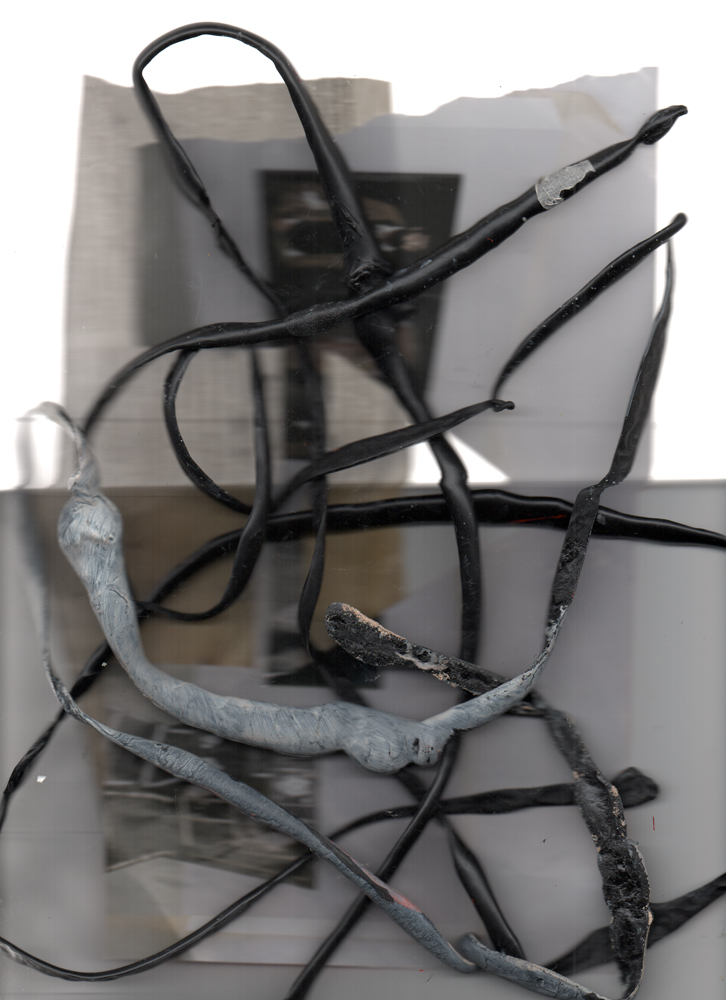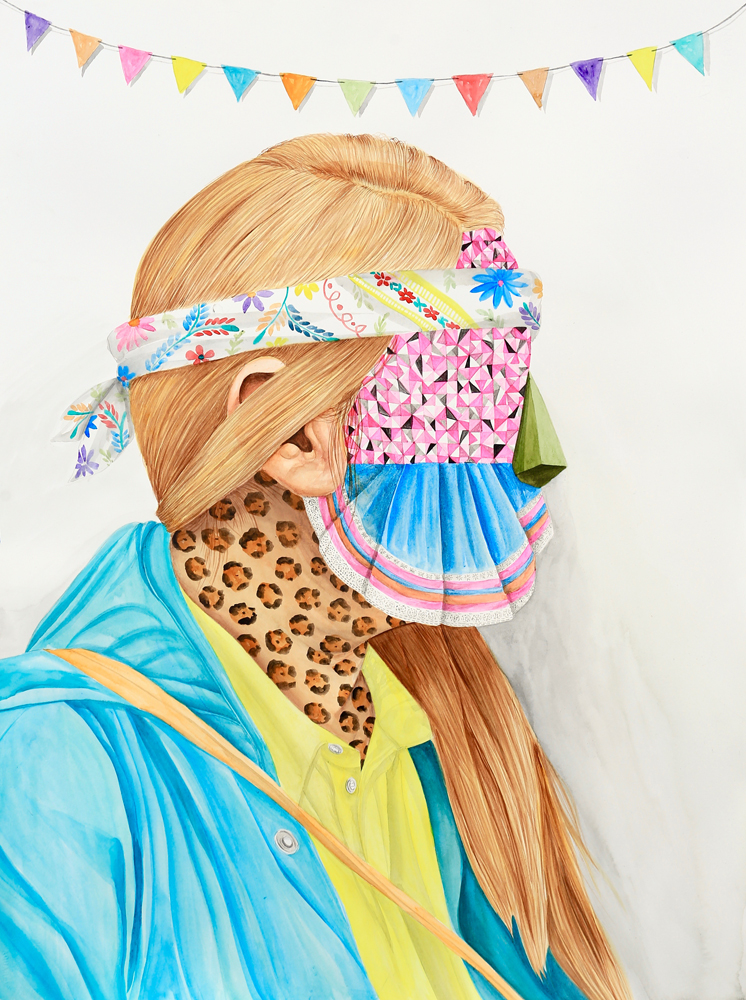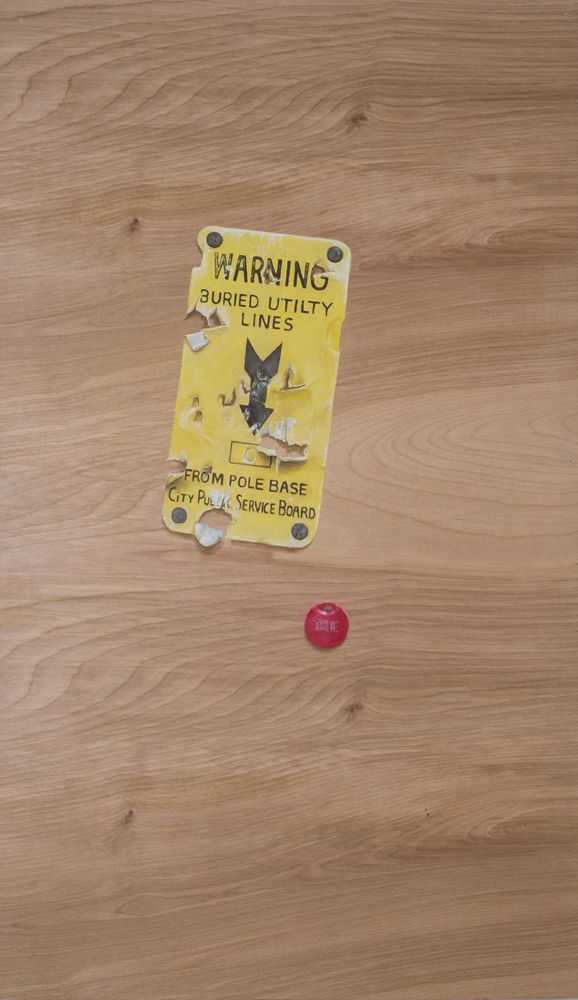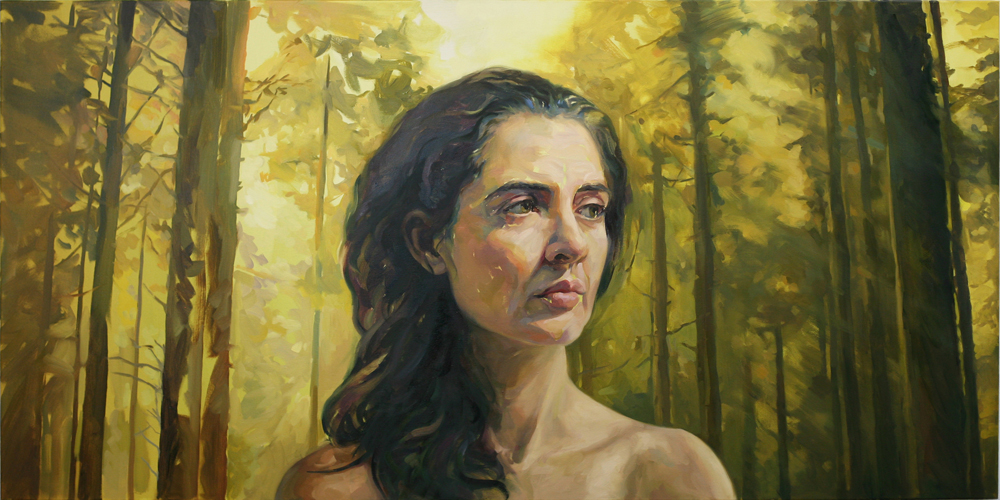
Retrograde, Inkjet on canvas, 40 x 60 inches
Interview conducted by Deedra Baker, Art Room Program Director
Liz Trosper is an artist exploring the exigencies of contemporary painting. Trosper completed her Master of Fine Arts in Art and Technology at The University of Texas at Dallas and was a graduate student in residence at CentralTrak: The UT Dallas Artist’s Residency from 2013-2015. Trosper lives and works in Dallas, Texas.
He helped me see my hypocrisy. And now I know. I want to make one simple thing — a painting that wipes away all there ever was of painting and re-makes it anew…obliterating provincial ideas about painting by pushing on what painting can be in pragmatic terms…challenging the so-called open mind to see its hatred, hypocrisy and limiting views. — Liz Trosper
_1.jpg)
Volta, Inkjet on canvas, 40 x 60 inches
Deedra Baker: Describe your working methodology. How has your education in the arts influenced how you make your work?
Liz Trosper: My methodology is really rhythmic. It relies on daily routines, like my sketchbook and digital equivalents, like my scanner, tablet, painter applications and the quotidian objects, both digital and analog that surrounds me. I like to explore the ways that we see the world around us – the totality of our visual experience, the scraps, and materials that make up our daily lives. That can be challenging to integrate into a studio practice because it relies on these subconscious and intuitive assemblages of materials that accrue and accumulate in our world. I normally hoard a bunch of something – magazines, scraps, bottles, garbage, and other things – and start to see how that speaks to me. Other times, a concept or idea for a piece will assert itself to me as a clear next step in developing the work. The constant thing is my commitment to showing up to the studio as much as possible, every day if I can and just allowing myself to work and daydream at the same time. Looking, drinking coffee, fretting and working. I have a workspace at home and a separate studio space, so it allows for the maximum of wayward experimentation.
Getting an education has helped me be able to talk about my work in a less confounding way. It's also taught me how to research a body of work and synthesize that research through the process of making. Beyond that, it's helped me flip the paradigm by using practice-led research, where making comes first and the research and insights explore and follow up on what is learned in the making process. John Cage said that contemporary education teaches one craft – speaking, reading and writing – language. Art has a funny relationship to speaking and writing, and getting an education has helped me realize that, while visual thinking is a different form and skill than language, they are not as much a hindrance to one another if given their proper roles as tools for making. Also – to state something that I think is probably a given – but I learned quite a lot about art history and contemporary artists and what they're making. I think it's essential to know what's going on out there and try to make work that contributes something meaningful to that discussion.
_1.jpg)
whoever has, Inkjet on canvas, 23 x 30 inches
DB: What or who inspires you as an artist?
LT: Oh, many things. The confusion of contemporary life is a big one. I love to try to distill something meaningful from our visual environment of chaos and noises. At this point, the signal is the noise. So, how do you make something contemplative that doesn't just add to the noise – or better, that somehow distills and uses that confusion to create something new? Eating the noise.
The “who” question is more definitive – obviously, anything that is involved in the weighty conversation of painting has to contend with some major art-historical patriarchs – Pollock, Rauschenberg, Warhol. Since then, there are some amazing painters dealing with the implications of new technology on the discourse of painting, such as Sigmar Polke and Albert Oehlen. A few of my current-painting heroes are Wade Guyton, Jacqueline Humphries, Laura Owens, Charline von Heyl, and their forebears. It's a huge mash-up, but painting is a very big world.
DB: As an artist, do you find yourself working on several bodies of work at once or do you focus on a single project? What are you working on now?
LT: Since high school, I have worked on multiple bodies of work at once. I used to get into trouble for having five different pieces going at once. My teacher would tell me, “You have to finish something and turn it in, so I can give you a grade.” I usually have several experiments going at once, evolving each in a non-linear progression. Over the years, however, I've learned how to manage the chaos in order to fully develop one particular body of work and let the others simmer for a while. Right now, I'm just wrapping up my thesis. So, I'm back to a germination phase in the studio. I'm working in the sketchbook, doing material testing, working with some new techniques/technology and generally letting things bloom anew. The most important thing on my agenda is working out the physicality, the actual surface, and presence, of new paintings that use digital fabrication in some way. So, there are a number of things to work out as I progress beyond what I accomplished with the thesis work.




